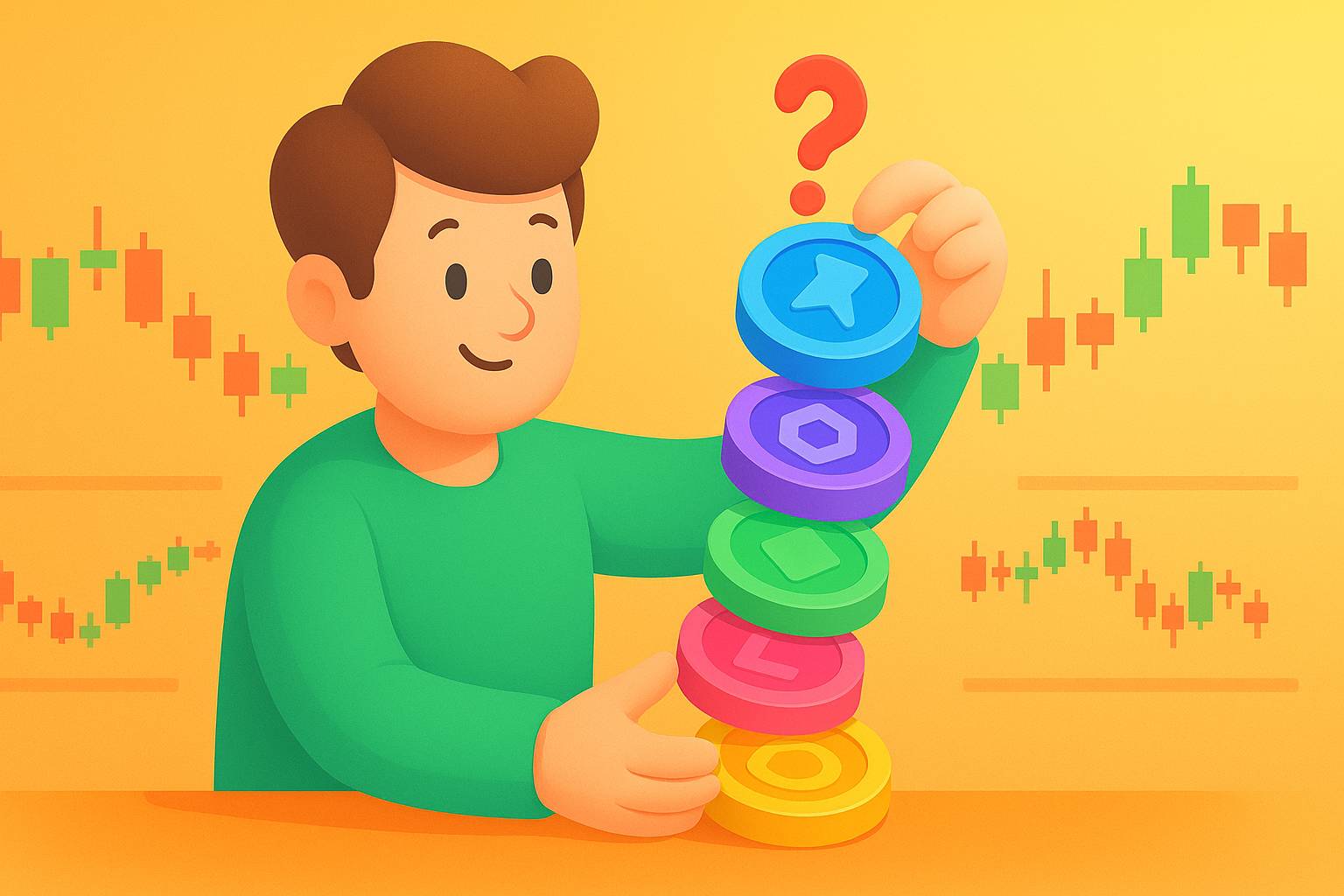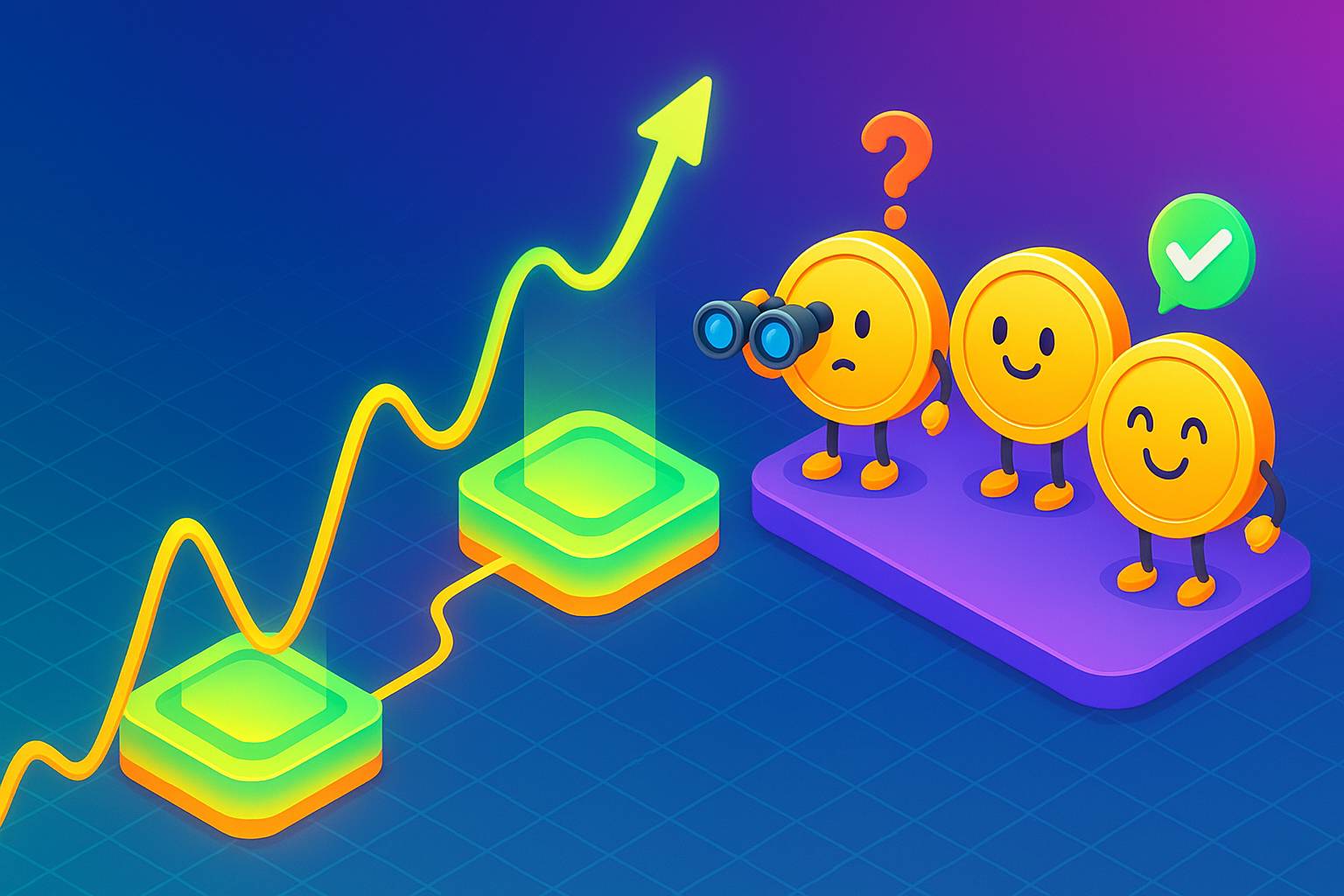Table of Contents
- TLDR - A Thorough Exploration of Derivatives in the Cryptocurrency Arena
- Derivatives Based on Asset Value
- Binary Options Explained
- Understanding Contracts for Difference (CFDs)
- The Fundamentals of Derivatives Trading
- Understanding Expiration Dates
- The Concept of Futures Contracts
- Long and Short Positions Explained
- The Art of Hedging
- Evaluating Profitability: In the Money vs. Out of the Money
- The Role of Leverage
- Exotic Options: Knock-In and Knock-Out
- Limit Orders in Trading
- Leveraging Margin Trading
- Understanding Notional Value
- The Functionality of Options Contracts
- An Insight into Perpetual Futures
- Exploring Quanto Futures
- The Importance of Risk Management
- Final Thoughts
- Frequently Asked Questions
- Q1. What defines crypto derivatives?
- Q2. How do crypto derivatives exchanges operate?
- Q3. Why is leverage significant in derivatives trading?
- Q4. What methods are available for managing risk in derivatives trading?









